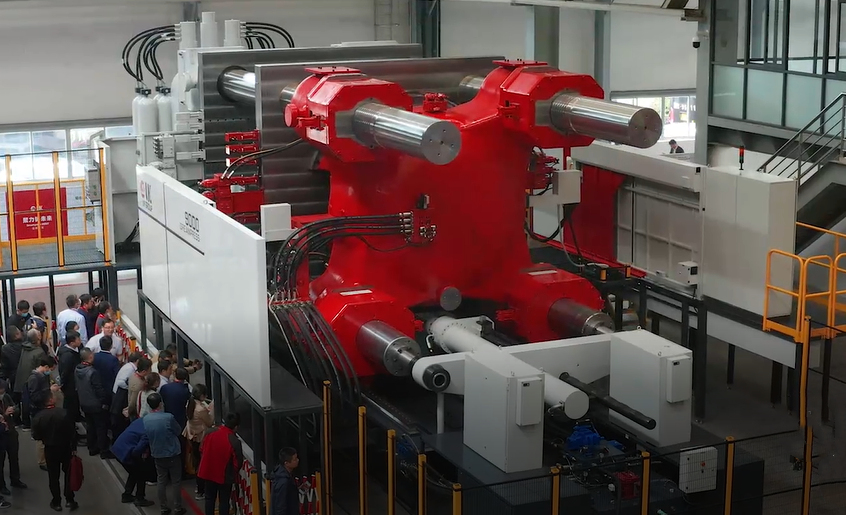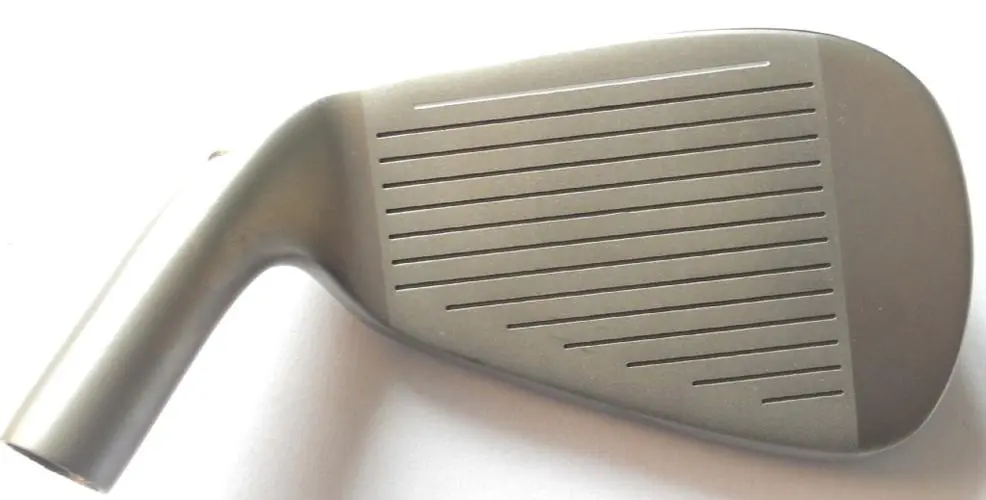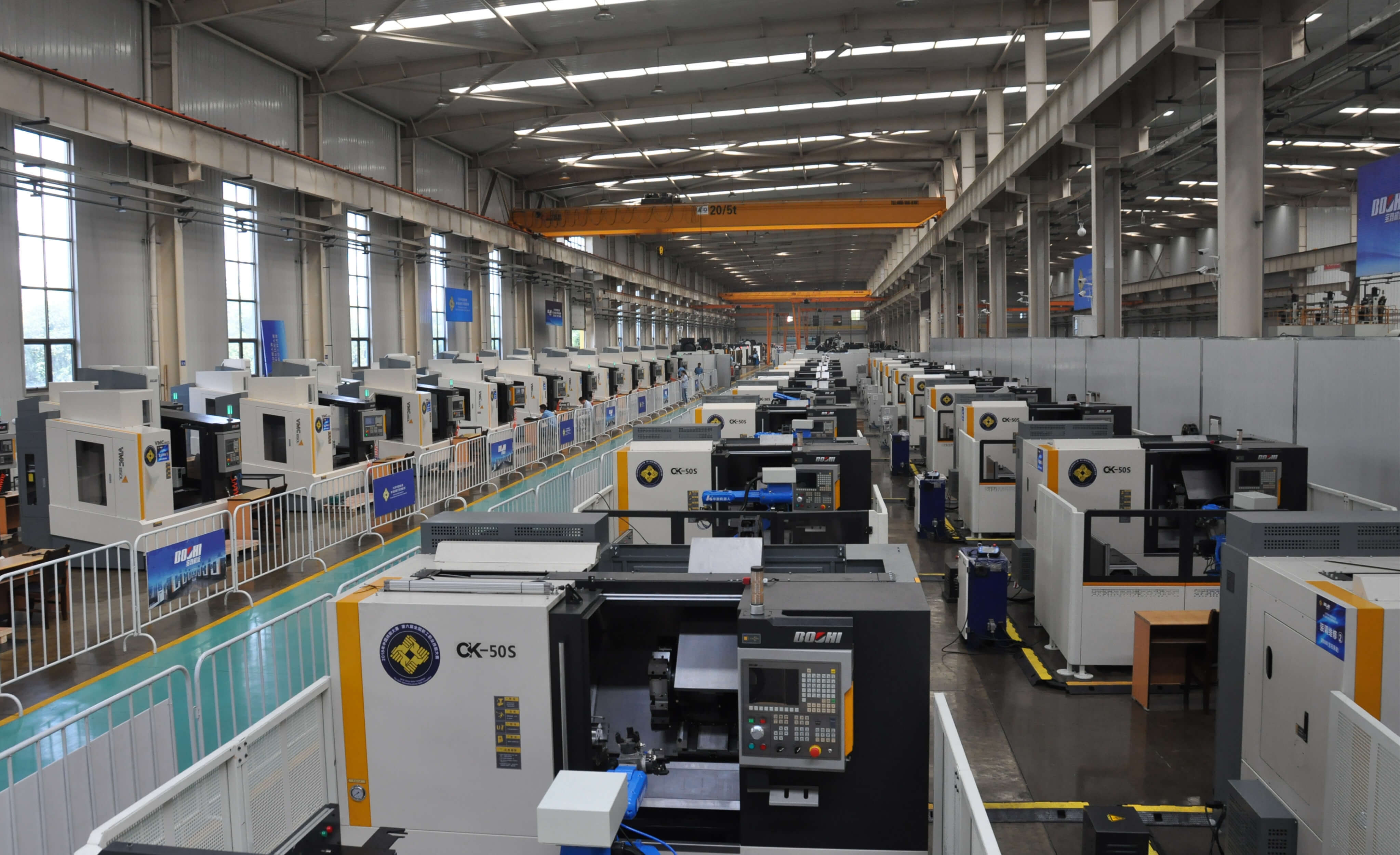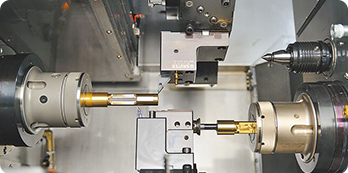How to choose milling tools for processing threaded holes?
2024-6-1

Thread is the most common method of connecting mechanical parts, and threaded hole processing is often at the end of the entire production process. Once the processing is unqualified, it will lead to the scrapping of the parts or more troublesome reprocessing, so it puts higher requirements on the safety of the process. There are various tools for processing threaded holes, the most common ones are thread turning tools, taps, extrusion taps, thread milling cutters, etc. How to choose the right processing tool? The choice of tool is actually the choice of processing method, and the tools used for each processing method are different. There are several common ways to process threaded holes: tapping, turning, extrusion molding, and thread milling. Let's first understand the advantages and disadvantages of various process methods and their usage restrictions. In actual production, we can analyze which tool to use for processing from a technical and economic perspective based on the characteristics of these processing methods.
Tapping
Tapping is a widely used method in threaded hole processing. It can determine the formation of the thread with the help of the geometric shape of the tool, so there is no need for a special machine tool during processing. It can be used on ordinary machine tools, production line special machines and machining centers. The tapping process is that the tap first rotates forward to cut, and then reverses when it reaches the bottom of the thread, leaving the workpiece, cutting in a very narrow space and discharging the chips. For different processing conditions and different processing materials, the type of tap selected is also different. Tap tapping is often used in small diameter and large-scale production.
Turning
Thread turning is a process that uses indexable inserts for turning. For triangular threads commonly used in production, the shape of the cutting part of the thread turning tool should be consistent with the axial section of the thread. During turning, the turning tool must move one lead (single-start thread, lead = pitch) longitudinally for each turn of the workpiece to produce the correct thread. There are three common methods for turning triangular threads:
(1) Straight-feed thread turning. When turning threads, after a trial cut to check that the workpiece and the pitch meet the requirements, the tool is fed radially perpendicular to the axis of the workpiece and repeated several times until the thread is turned. This turning method has a more accurate tooth shape. Since the two edges of the turning tool cut at the same time and the chip removal is not smooth, the force is large, the turning tool is easy to wear, and the chips will scratch the thread surface.
(2) Oblique feed method. When the pitch of the workpiece is greater than 3MM, the oblique feed method is generally used to turn the thread. The oblique feed method is that the turning tool feeds radially along one side of the thread tooth profile while feeding axially. After multiple passes, the thread processing is completed, and finally the straight feed method is used to cut to ensure the accuracy of the thread tooth angle.
(3) Left and right feed method. In ordinary lathes, this method uses the scale of the horizontal slide to control the vertical feed of the thread turning tool, and the scale of the small slide to control the left and right micro-feed of the turning tool. When the thread is close to being cut, use a nut or thread gauge to check whether the thread size and processing accuracy are qualified. This method is easy to operate and therefore widely used.
Thread turning is generally used for holes with larger diameters, and the workpiece can be firmly clamped on the lathe for rotating processing.







